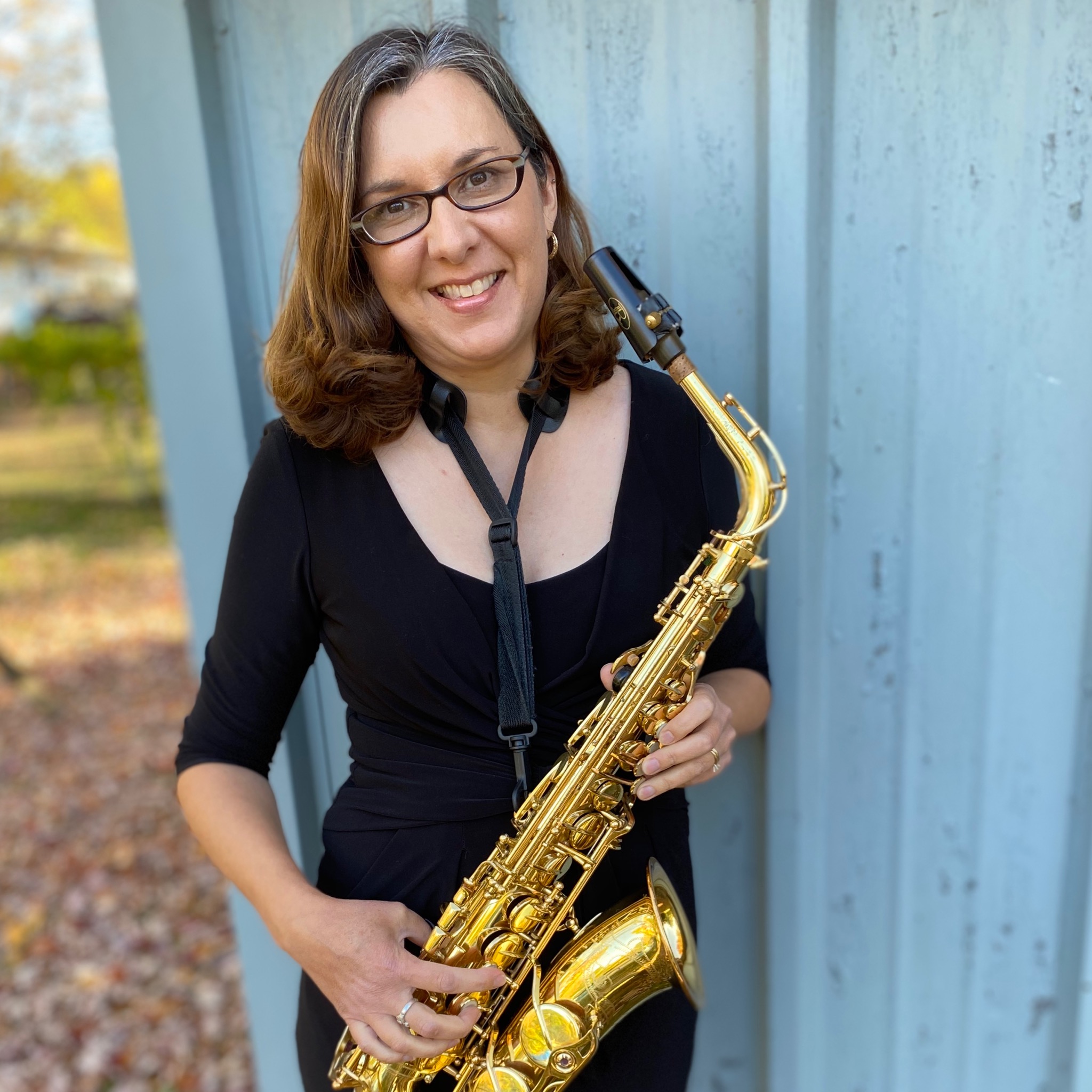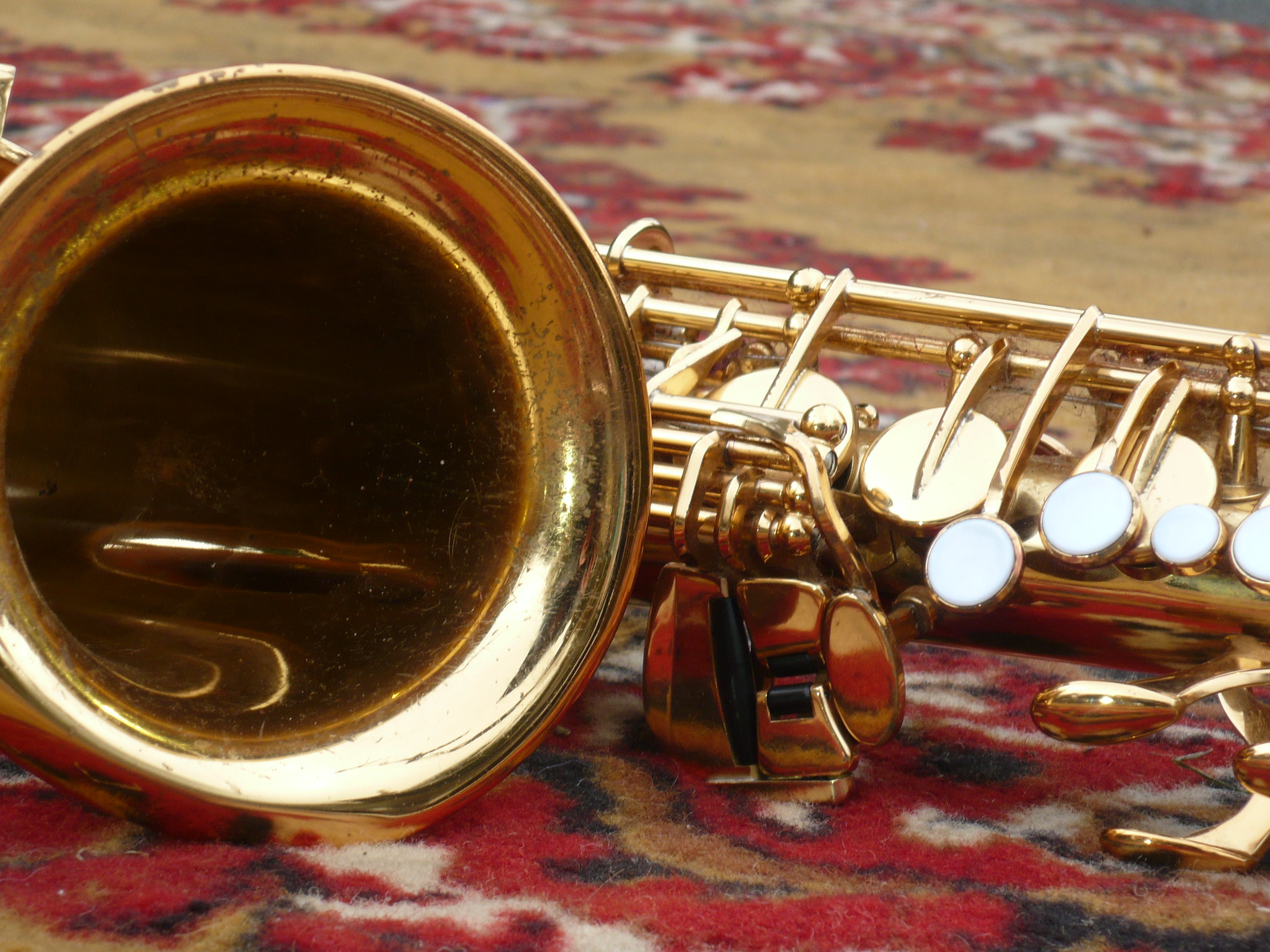When Was The Saxophone Invented?
The saxophone is a relatively new instrument, having been invented in the 1840s. Its history, along with the story of its inventor, is a tale of many tribulations.
Brief History of Adolphe Sax
Adolphe Sax, the inventor of the saxophone, was born in Belgium in 1814. His given name was Antoine-Joseph, but it appears everyone called him Adolphe, from a young age.
Sax was one of eleven children born to Charles and Marie Sax. His father was trained as a carpenter, but later became a wind instrument inventor, who went on to earn a court appointment with the Kingdom of the Netherlands.
As a child, Adolphe had so many near-death accidents the townspeople began referring to him as “Young Sax, the Ghost.” Some of the accidents included falling down three flights of stairs and hitting his head on a stone floor, four separate near poisonings, and burns from a gunpowder explosion.
Adolphe attended the Royal School of Music in Brussels. He was a virtuoso clarinetist, who also studied flute and voice.
Between 1839 and 1840, eight of Adolphe’s siblings died. It is believed that to overcome his grief, Adolphe threw himself into his work and began preparing a group of instruments for display at the Brussels Exhibition of 1841. Shortly after this, he left Brussels for Paris.
It is unknown whether or not Adolphe ever married. It is believed he had a relationship with Louise-Adele Maor. They had five children together.
Sax died in 1894 and was buried in the cemetery of Montmartre, in Paris.
Invention of the Saxophone
Around 1841, Adolphe Sax began working on the plans for an instrument that combined the best characteristics of brass and woodwind instruments. For Sax, this meant integrating the projection of brass instruments, with the flexibility of woodwinds.
Sax desired to create an instrument that could blend with strings, in an orchestra. He also wanted this instrument to play with a tone and volume that was fuller and stronger than string instruments.
Many historians think the saxophone came about because Sax wasn’t happy with the sound of the ophicleide he was working on. (An ophicleide is a keyed brass instrument, played with a brass mouthpiece, and used in 19th-century bands.) Sax replaced the brass mouthpiece with a bass clarinet mouthpiece and liked the darker, richer sound.
Sax began making saxophones from brass because making a tapered tube, necessary for the body of the instrument, was difficult when using wood. All members of the saxophone family have a conical bore and use a single cane reed.
Sax took out a fifteen-year patent on the saxophone family, in 1846. This expired in the early 1860s, allowing anyone the ability to copy Sax’s instruments.
The saxophone family named in the patent included eight saxophones. They are: Tenor Saxophone in Eb, Saxophone in C, Saxophone in Bb, Contrabass Saxophone in G or Ab, Bourdon Saxophone in C or Bb, and four additional saxophones pitched one octave higher than the aforementioned instruments. The saxophones were intended to encompass the range of sopranino to subcontrabass.
On the patent, Sax listed the fingerings for the saxophones as having “some of the characteristics of the flute and of the clarinet.”
Sax intended for his family of saxophones to be used with orchestras and military bands.
Rival instrument makers attacked Sax, claiming that his saxophone patents weren’t legitimate. Sax was in court for over twenty years dealing with legal proceedings regarding the patents.
First Public Performance of a Saxophone
The first time a saxophone was heard in public was on February 3, 1844, in Paris. This concert featured a chamber piece, composed by Hector Berlioz, with Adolphe Sax playing his newly invented Bass Saxophone.
On the morning of the concert, Sax worked feverishly to complete his instrument and render it playable. The instrument Sax played on the concert was partially held together with string and sealing wax! The saxophone was well-received at its first performance.
Something interesting to note, especially for brass players, is Jean Baptiste Arban (a legendary cornetist) was also performing in this chamber ensemble, along with Adolphe Sax.
Adolphe Sax Manufacturing Company
Adolphe Sax began his factory in a very modest dwelling, in Paris, rented with borrowed money. From this location, he developed many instruments, including the saxhorn, saxotromba, and saxophone.
Sax’s small instrument manufacturing factory became known for its excellent quality of work, and the business prospered. This created much jealousy among established Parisian factories. Because of this, Sax dealt with break-ins, theft of plans and tools, and even an assassination attempt.
Eventually, the business grew and it is reported that between 1843 and 1860, over 20,000 instruments were produced and sold.
The Sax family maintained their business until 1928 when Adolphe Sax’s son, Adolphe Edouard sax, sold the company to Henri Selmer. Selmer remains one of the premier manufacturers of the saxophone.
Other Interesting Facts About Adolphe Sax
Adolphe Sax invented an early air purifier, in addition to his instruments. The purifier was a metal box with six parallel vertical plates in the lid. When closed, the plates dipped into a prepared solution of tar and creosote. The box was then opened, allowing the vapors of the solution to spread around a room. At the time, tar and creosote were thought to have antiseptic properties and would help with lung ailments.
Adolphe was awarded the Legion of Honour (the highest French distinction conferred on a French citizen or foreigner for military and civil merits relating to the service of France), the title of Imperial Instrument Maker, and Private Director of Music to the Emperor.
In addition to being an inventor, Adolphe also taught at the Paris Conservatory and was the director of the Paris Opera House band.
Sax’s personal and professional lives were fraught with misfortunes. He had to file for bankruptcy numerous times, battle lip cancer, and despite all of his inventions and honors, died in poverty.
In Conclusion
In his book, Adolphe Sax 1814-1894 - his life and legacy, Wally Horwood captures the essence of Mr. Sax in this statement.
“Sax was more than a prolific inventor. His capacity for inventiveness was compulsive. Even in the darkest periods of his life, vilified by enemies, badgered by creditors, slighted, insulted, and with a painful death in prospect, his hands never ceased to realise the ideas fermenting in his brain.”




